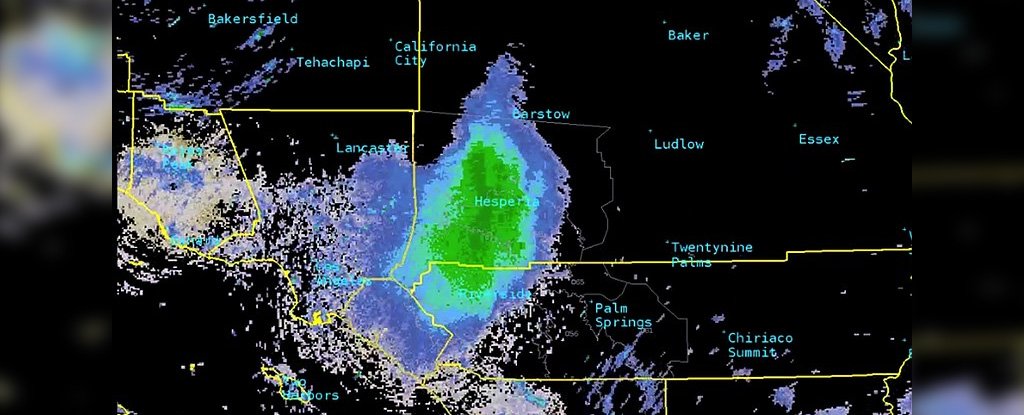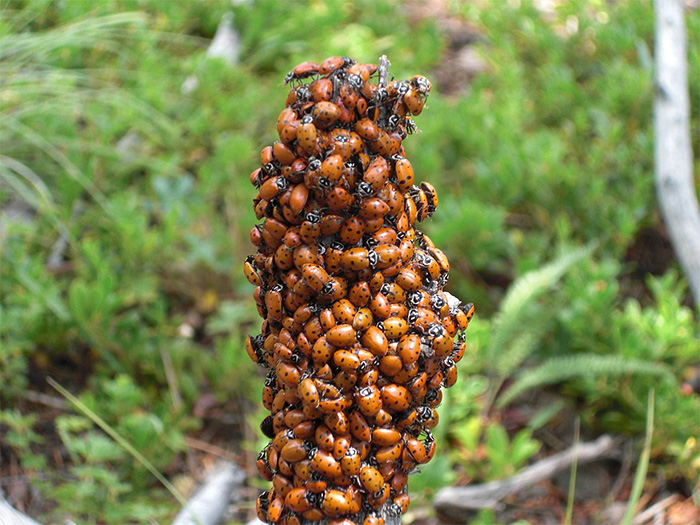Mass Migration
"The migrations themselves are totally invisible."
"We have a lot of information about every individual insect that flies over overhead, including a measure of the shape and a measure of their size."
"I think that people will be amazed by the scale of the migrations and the significance of the ecosystem services."
"If the densities observed over southern UK are extrapolated to the airspace above all continental landmasses, high-altitude insect migration represents the most important annual animal movement in ecosystems on land, comparable to the most significant oceanic migrations."
Jason Chapman, ecologist, University of Exeter, Britain
"Many of the insects we studied provide important ecological services which are essential for maintaining healthy ecosystems, such as pollination, predation of crop pests and providing food for insectivorous birds and bats."
Dr Gao Hu, visiting scholar, Nanjing Agricultural University, China
"Animal migration, especially in insects, is a very complex behaviour which takes millions of year to evolve and is very sensitive to climatic condition."
"Global climatic change could cause decline of many species, but equally other highly adaptable species thrive and become agricultural crop pests."
Co-author Dr Ka S (Jason) Lim, Radar Entomology Unit, AgroEcology Department at Rothamsted Research

Dr. Chapman and his colleagues operate a network of radar stations in Britain which scan the sky spotting insects, 24 hours each day. They decided recently to scan their captured images for the presence of hoverflies, small harmless flies which nature designed to mimic stinging insects such as bees, as a natural defence from predators. They are named hoverflies because they seem to hover, their wings beating, without moving from the same spot until such time as they do.
In their larvae stage hoverflies eat aphids, a bonus for gardens and agriculture in general. When they reach their adult stage they function to pollinate flowers as a byproduct of supping on nectar and pollen, just as bees do. Dr. Chapman's research team determined the distinctive radar signature of a marmalade hoverfly, studying it in their laboratory, then launched a search for that signature presence in scans produced by their radar stations.
I was found that great hordes of hoverflies zip about overhead with an estimated 4 billion of the tiny flies migrating into and departing southern England annually. This finding was published in the journal Current Biology in June. The identified mass migration has an immense impact on the environment. Dr. Chapman and his researchers estimate the larvae produced by migrating hoverflies yearly devou on average 6 trillion aphids; the aphids estimated to weigh a collective 6,350 tons.
 |
| (NWSSanDiego/Twitter) |
On June 4, American meteorologists in California looked over radar images and saw what appeared to be a wide area of rain; curiously no clouds were to be seen -- so they made contact with an amateur weather-spotter located directly beneath the mysterious disturbance who informed them no rain was falling at all. What he did see was every bit as puzzling as the no-cloud-perhaps-rain scenario; a broad phalanx of ladybugs in flight.
 |
| Adult aggregation of convergent ladybugs. (Drobincorvette/CC BY-SA 3.0/Wikimedia) |
An immense cloud of migrating ladybugs spaced 130 kilometers wide with a dense core, circulating 1,525 to 2,740 meters in the atmosphere was finally identified, to the astonishment of all involved. Needless to say, the intention of the meteorologists was to continue tracking the giant swarm. Despite which the ladybugs appeared to vanish with no one the wiser as to their purpose nor their final destination.
.jpg) |
Like the marmalade fly, Eupodes corollae is a migratory species whose larvae feast on pest aphids.
WILLIAM HAWKES, UNIVERSITY OF EXETER
|
Biologists have knowledge of migration habits of animals, but those of insects are as yet a scientific mystery as insects move from place to place without any but entomologists taking particular notice. Unless they're associated with outbreaks of disease, as carriers of pathogens. In the case of the hoverflies and their vital contribution to agriculture, they're known to visit billions of flowers yearly.
Hoverflies, according to research, import 3 billion to 8 billion pollen grains into southern England in spring. And conversely as they fly south in the fall they take 3 to 19 billion pollen grains along with them in their exodus. Hoverflies are preyed upon by birds and other animals; those that die as a result of their natural lifespan coming to an end fertilize the soil. They represent about 70 tons of biomass equalling 35 million calories, according to the researchers' estimate.
 |
| Estimated biomass of migrating insects over southern United Kingdom recorded by radar and balloon flights. |
Labels: Ecology, Entomology, Insect Migration, Nature, Radar, Research

0 Comments:
Post a Comment
<< Home